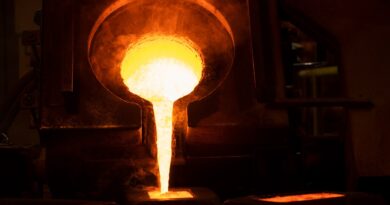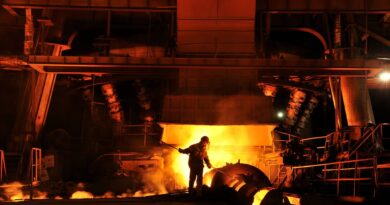EAF using zero-carbon electricity will come to dominate steelmaking
With steelmaking accounting for at least 7% of global carbon emissions, pressure is mounting for the industry to decarbonise. That will radically alter the supply landscape and require huge capital outlay, as well as significant technical collaboration and support from external stakeholders.
Steel emissions will drop 30% by 2050 – but more transformative change is needed to keep pace with an accelerated energy transition. So, how is the industry moving towards greener steel – and is it enough to align to a 1.5 degree pathway?
More efficient electric arc furnace (EAF) technology, which is three-quarters less emission-intensive than a traditional blast furnace, will eventually dominate steelmaking. By 2050, EAF production to be nearly on a par with (currently dominant) basic oxygen furnaces (BOF), as steelmakers gradually distance themselves from the conventional route.
The transition will be uneven, however. The onus will be on mature economies including China, Europe, Japan, South Korea and the US to decarbonise quickly. China will take the lead, halving its absolute emissions over the next 30 years thanks to both lower demand and more efficient production.
In contrast, India and Southeast Asia – the key drivers of future demand – will buck the trend, doubling their emissions due to a tripling of output via the heavy emitter blast furnace route.




